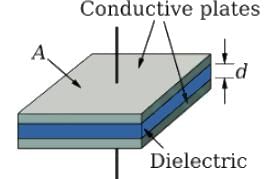-
Statement I is incorrect because electric fields are generated by electric charges, not scalar sources.
-
Statement II is correct as a current element (I dl) generates a magnetic field, which is a vector field.
-
The correct answer is option (3).
Physics: CUET Mock Test - 4 - CUET MCQ
30 Questions MCQ Test - Physics: CUET Mock Test - 4
A transformer is used to light 100 W 25 volt lamp from 250 Volt ac mains. The current in the main cable is 0.5 A. Calculate the efficiency of the transformer.
To convert a galvanometer into an ammeter, one should connect :
Given below are two statements :
Statement I: The electric field produced by a scalar source is known as electric charge.
Statement II: The magnetic field produced by a vector source is known as current element (I dl).
In the light of the above statements, choose the correct answer from the options given below:
Statement I: The electric field produced by a scalar source is known as electric charge.
Statement II: The magnetic field produced by a vector source is known as current element (I dl).
Which of the following rays are used in doing LASIK (Laser - Assisted in Situ keratomileusis) eye surgery?
The magnetic field of a plane electromagnetic wave is given by Bx = 2 × 10-7 sin (0.6 × 103y + 2 × 1011t) T. An expression for its electric field is :
The atomic hydrogen emits a line spectrum consisting of various series. Which series of hydrogen atomic spectra is lying in the visible region?
What will be the value of equivalent resistance when the resistors of 3 ohm and 6 ohm are parallel
In the Davisson and Germer experiment, the velocity of electron emitted from the electron gun can be increased by
The self-inductance of a coil is 100 mH. The magnetic flux linked with each turn of the coil ,while a current of 8 mA passes through it is found to be :
The electron emitted in β – radiation originates from where?
The frequencies for transmitting music is which of the following?
Which of the following is mainly sued in the production of Integrated Circuits?
The Wheatstone bridge is balanced for four resistors R1,R2,R3 and R4 with a cell of emf 1.46 V. The cell is now replaced by another cell of emf 1.08 V. To obtain the balance again
Two cells of emf 1.25V , 0.75V and each of internal resistance 1Ω are connected in parallel. The effective emf will be
If the length of the filament of a heater is reduced by 10% the power of the heater will
The variation of electric field with respect to distance from centre of a charged conducting spherical shell of radius R is given by :
A conducting sphere is charged. If the electric field at a distance 20 cm from the centre of the sphere is 1.2 × 103 NC-1 and points radially inwards, the net charge on the sphere is:
A parallel plate capacitor having cross-sectional area 'A' and separated by distance 'd' is filled by copper plate of thickness b. It's capacitance is :
The power in an AC circuit contains an inductor of 30 mH, a capacitor of 300 μF, a resistor of 70 Ω, and an AC source of 24 V, 60 Hz. Calculate the energy dissipated in the circuit in 1000 s.
In a step-down transformer, the number of turns in the secondary coil is 20 and the number of turns in the primary coil is 100. If the voltage applied to the primary coil is 120 V, then what is the voltage output from the secondary coil?
In Young’s double-slit experiment with monochromatic light, how is fringe width affected, if the screen is moved closer to the slits?
Which among the following is a portion of a transparent refracting medium bound by one spherical surface and the other plane surface?
How much intensity of the image is increased if the diameter of the objective of a telescope is doubled?
The wavelength of light coming from a sodium source is 589 nm. What will be its wavelength in the water?




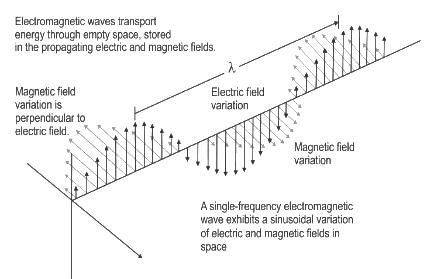
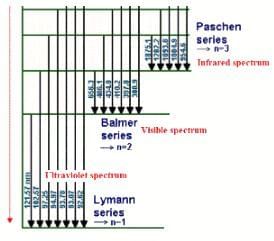


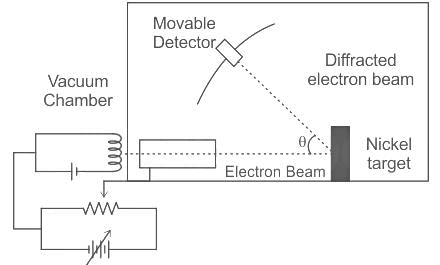

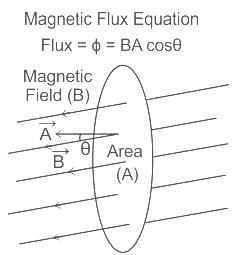
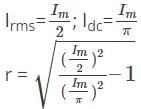
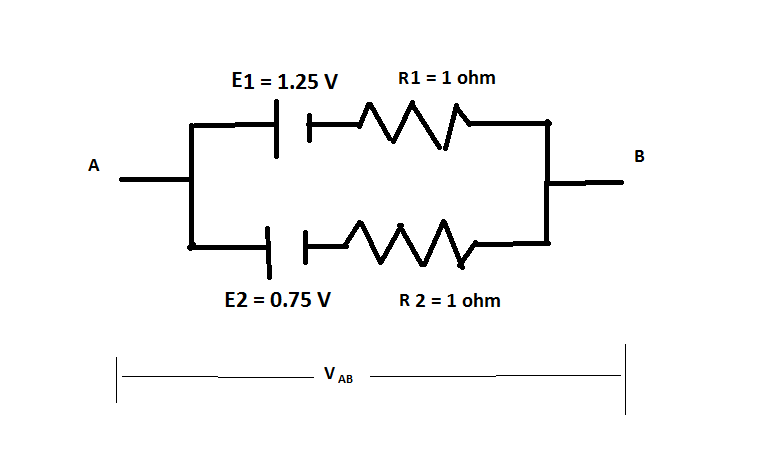
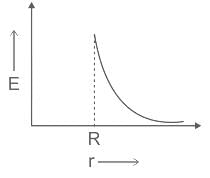
 ------(1)
------(1)

